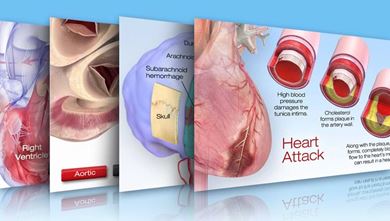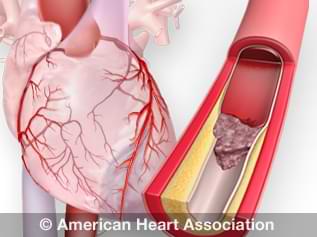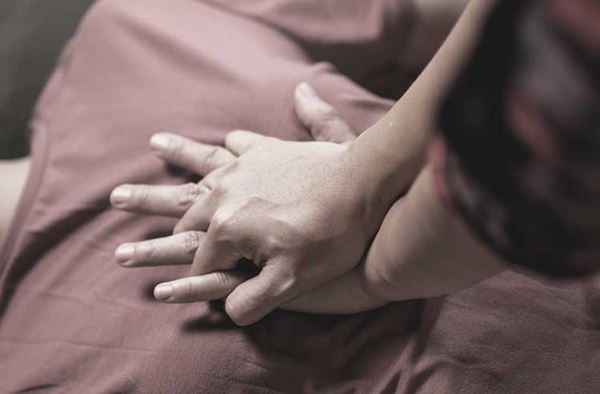Heart Attack Symptoms in Women
Quick Facts
- It’s important to know the heart attack symptoms specific to women.
- Call 911 right away if you have any of the signs of heart attack.
- Heart disease can be prevented with healthy lifestyle choices and preventive care.
A heart attack strikes someone about every 40 seconds in the United States. It occurs when blood flow that brings oxygen to the heart muscle is severely reduced or cut off completely. This happens because the arteries that supply the heart with blood can slowly narrow from a buildup of fat, cholesterol and other substances.
Even though heart disease is the No. 1 killer of women in the U.S., women often chalk up the symptoms to less life-threatening conditions such as acid reflux, the flu or normal aging.
Many women think the signs of a heart attack are unmistakable. But the signs may not be obvious and might be confusing. Even when the signs are subtle, the outcomes can be deadly, especially if the person doesn’t get help right away.
If you have any of these signs, call 911 and get to a hospital right away.
- Uncomfortable pressure, squeezing, fullness or pain in the center of your chest. It may last more than a few minutes or go away and come back.
- Pain or discomfort in one the:
- Arms (one or both)
- Back
- Neck
- Jaw
- Stomach
- Shortness of breath with or without chest discomfort.
- Other signs, including:
- Breaking out in a cold sweat
- Nausea
- Lightheadedness
As with men, women’s most common heart attack symptom is chest pain or discomfort. Some women having a heart attack describe upper back pressure that feels like squeezing or a rope being tied around them. Women may have other symptoms that are typically less associated with heart attack, such as:
- Anxiety
- Shortness of breath
- Upset stomach
- Pain in the shoulder, back or arm
- Unusual tiredness and weakness
Watch an animation of a heart attack
Take care of yourself
Heart disease can be mostly preventable. So be sure to:
- Schedule an appointment with your health care professional to learn your risk for heart disease.
- Quit smoking. Just one year after you quit, you’ll cut your risk of coronary heart disease by 50%.
- Aim for at least 150 minutes a week of moderate-intensity aerobic activity (such as brisk walking) or 75 minutes of vigorous activity (such as jogging), or a combination of both. Try to spread your activity throughout the week. It’s also good to include moderate- to high-intensity muscle-strengthening activity, such as resistance or weight training, at least twice a week.
- Include fruits, vegetables, lean proteins, whole grains, low-fat or fat-free dairy, nuts and seeds in your diet. Limit processed foods, added sugars, sodium and alcohol. Check out these healthy cooking tips. You’ll learn smart replacements, healthy snacking ideas and better preparation methods.
Learn more about women's heart health.









